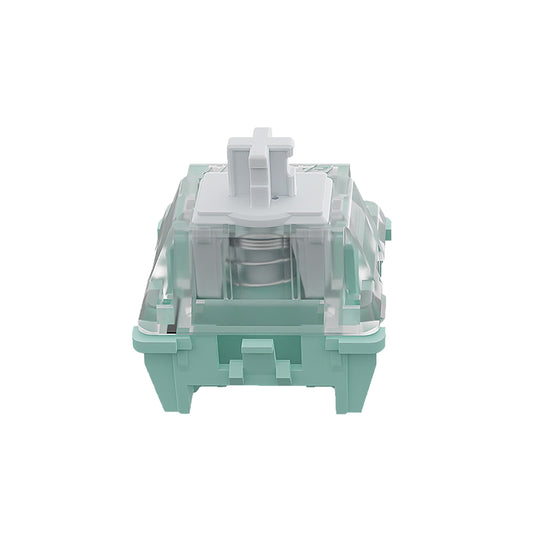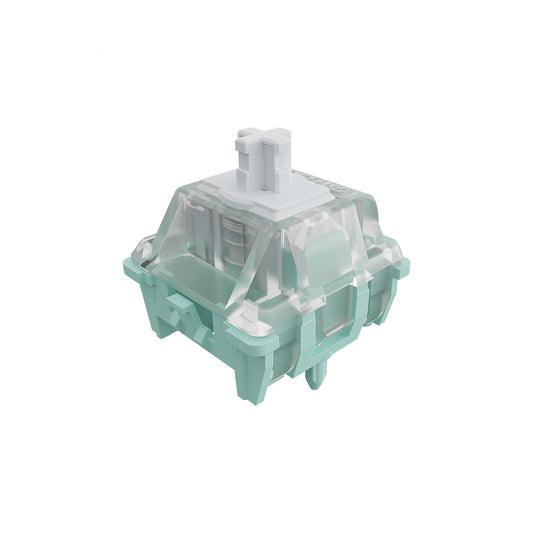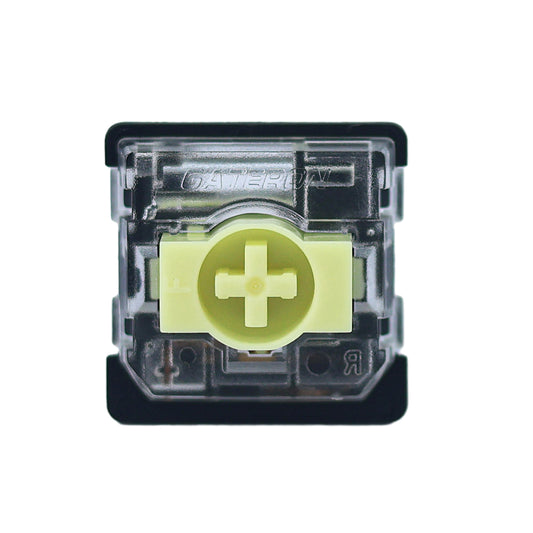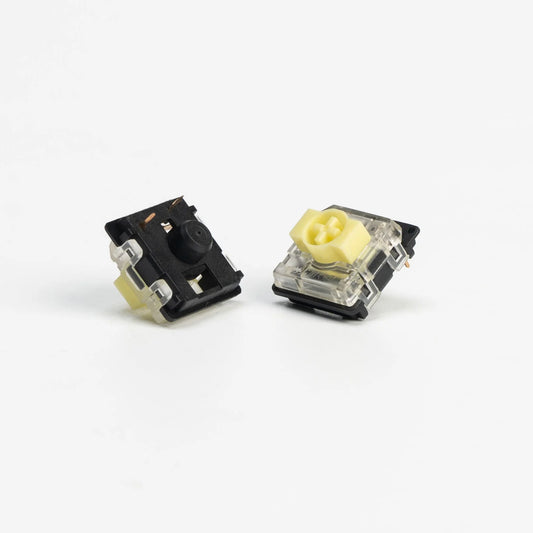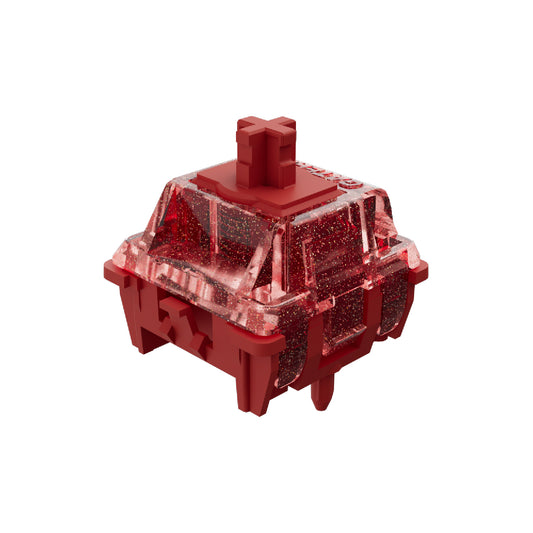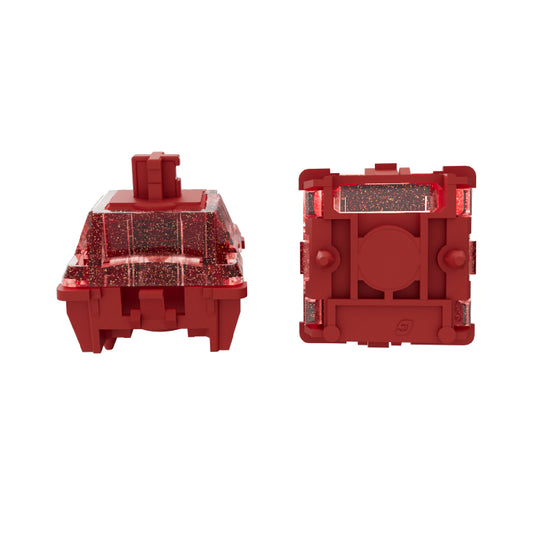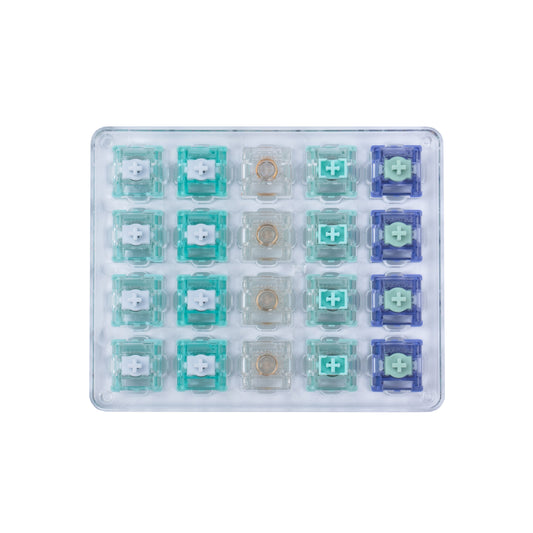The Evolution of Low Profile Switches: GATERON's Hot-swap PCB 2.0 Socket
공유하다
The Evolution of Low Profile Switches: GATERON's Hot-swap PCB 2.0 Socket
Welcome, fellow enthusiasts of the mechanical keyboard world! Today, we're diving into the realm of low profile switches and exploring the latest innovation from GATERON – the Hot-swap PCB 2.0 Socket. This is not just a switch; it's a game-changer in the world of compact and sleek keyboard builds. Let's talk about how we got here and what this new tech means for us.
A Brief History of Low Profile Switches
For those who are new to the scene, low profile switches have been gaining popularity for their slim design and reduced travel distance, which makes them perfect for compact keyboards or those who prefer a lighter typing experience. The evolution of these switches has been a fascinating journey, with companies like GATERON leading the charge in innovation.
From the early days of simple, low-profile mechanical switches to the current state-of-the-art options, we've seen a significant improvement in both performance and aesthetics. GATERON, in particular, has been at the forefront of this evolution, constantly pushing the boundaries of what's possible with low profile switches.
Introducing the Hot-swap PCB 2.0 Socket
Now, let's talk about the star of the show – GATERON's Hot-swap PCB 2.0 Socket. This isn't just another switch; it's a revolutionary socket that allows for easy swapping of switches without the need for soldering. This is a massive leap forward for the DIY community and those who like to customize their keyboards on the fly.
What makes the Hot-swap PCB 2.0 Socket special? Well, it's designed to be compatible with a wide range of switches, including the ever-popular GATERON low profile switches. This means you can mix and match your switches to find the perfect balance of sound, feel, and aesthetics for your personal preference.
The Benefits of Hot-swapping
One of the biggest benefits of the Hot-swap PCB 2.0 Socket is the ease of use. No more fiddling with soldering irons or worrying about damaging your switches during the installation process. Simply click in your chosen switch, and you're good to go. This makes experimenting with different switches a breeze, allowing you to find your perfect setup without the hassle.
Another advantage is the durability. Traditional soldered connections can wear out over time, especially with frequent switch changes. The Hot-swap PCB 2.0 Socket, on the other hand, is designed to withstand countless switch swaps, ensuring your keyboard remains in top condition.
The Future of Low Profile Switches
With GATERON leading the way, the future of low profile switches looks bright. The Hot-swap PCB 2.0 Socket is just the beginning. As technology advances, we can expect even more innovations that will make our keyboards more customizable, durable, and enjoyable to use.
Whether you're a seasoned keyboard builder or just starting your journey into the world of mechanical keyboards, the evolution of low profile switches and the introduction of the Hot-swap PCB 2.0 Socket are exciting developments that you won't want to miss.
Wrapping Up
In conclusion, GATERON's Hot-swap PCB 2.0 Socket is more than just a new switch; it's a symbol of the ongoing evolution of the mechanical keyboard industry. It represents a commitment to innovation, customization, and user experience. So, the next time you're building or upgrading your keyboard, consider giving GATERON's latest tech a try. You might just find your new favorite switch setup.
Thanks for joining me on this exploration of the latest and greatest in low profile switches. Until next time, happy typing!

